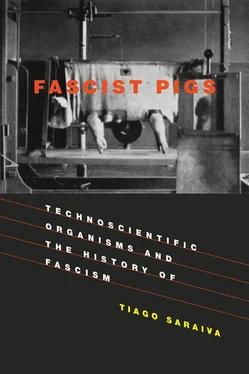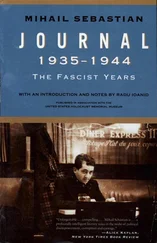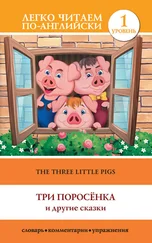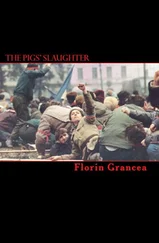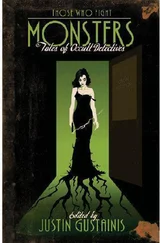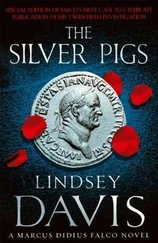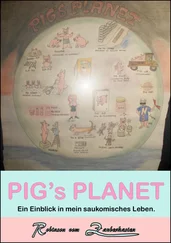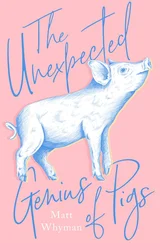“Sul piano straordinario di azione a favore della coniglicoltura,” Rivista di Coniglicoltura e Allevamento Animali da Pelliccia 13, no. 1 (1941): 1–12.
Rivista di Coniglicoltura e Allevamento Animali da Pelliccia 11, no. 11 (1939).
Rivista di Coniglicoltura e Allevamento Animali da Pelliccia 11, no. 5 (1939).
“Per l’allevamento Karakul in Italia,” Rivista di Coniglicoltura e Allevamento Animali da Pelliccia 3, no. 8 (1931): 5.
Ibid.
Consiglio Nazionale delle Ricerche, Istituti e Laboratori Scientifici Italiani (Presso Il Consiglio Nazionale delle Ricerche, 1940), volume 2, pp. 619–620.
For a general overview of Italian imperialism in the fascist years, see Ruth Ben-Ghiat and Mia Fuller, eds., Italian Colonialism (Palgrave, 2005); Alberto Sbacchi, Il Colonialismo Italiano in Etiopia, 1935–1940 (Mursia, 1980); Claudio G. Segrè, L’Italia in Libia: dall’età giolittiana a Gheddafi (Feltrinelli, 1978); Ricardo Bottoni, ed., L’impero fascista. Italia ed Etiopia (1935–1941) (Il Mulino, 2008).
For the arguments of Armando Maugini, probably the most quoted expert on Italian settlement policies, see Armando Maugini, “Colonizzazione Borghese e colonizzazione contadina nella Libia,” Agricoltura Coloniale 29 (1935): 113–123; Maugini, Agricoltura indigena e colonizzazione agricola nell’ AOI (Sindacato Nazionale Fascista Tecnici Agricoli, 1936); Franco Cardini e Isabella Gagliardi, “Verso un nuovo impero,” in L’Istituto Agronomico per L’Oltremare. La Sua Storia (Masso delle Fate Edizioni, 2007).
Nicola Labanca, “The Embarrassment of Libya. History, Memory, and Politics in Contemporary Italy,” California Italian Studies 1 (2010) ( http://escholarship.org/uc/item/9z63v86n).
See Nicola Labanca, “Italian colonial internment,” in Italian Colonialism , ed. Ben-Ghiat and Fuller; Alberto Sbacchi, Il Colonialismo Italiano in Etiopia; Claudio G. Segrè, L’Italia in Libia.
Nicola Labanca, “Italian colonial internment,” in Italian Colonialism , ed. Ben-Ghiat and Fuller.
Pietro Badoglio to Rodolfo Graziani, June 20, 1929, quoted on p. 4 of Labanca, “The Embarrassment of Libya.”
On the Sanusiya order and Italian colonial ambitions, see E. E. Evans-Pritchard, “Italy and the Sanusiya Order in Cyrenaica,” Bulletin of the School of Oriental and African Studies 11, no. 4 (1946): 843–853; Anna Maria Medici, “Waqfs of Cyrenaica and Italian colonialism in Libya (1911–41),” in Held in Trust: Pious Foundations, Founders, and Beneficiaries , ed. P. Ghazaleh (AUC, 2011).
Medici, “Waqfs of Cyrenaica,” p. 207.
Quoted in Federico Cresti, “Il professore e il generale. La polemica tra Carlo Alfonso Nallino e Rodolfo Graziani sulla Senussia e su altre questioni libiche,” Studi Storici 45, no. 4 (2004): 1113–1149.
Federico Cresti, Oasi di italianità. La Libia della colonizzazione agraria tra fascismo, guerra e indipendenza (1935–1956) (Società Editrice Internazionale, 1996).
Such an interpretation had been already suggested by E. E. Evans-Pritchard, who had fought in the British Army side by side with the Sanusi, the Italian presence in Cyrenaica. See Evans-Pritchard, “Italy and the Sanusiya Order in Cyrenaica.” Also see Medici, “Waqf of Cyrenaica.”
Claudio G. Segrè, Italo Balbo: A Fascist Life (University of California Press, 1987), pp. 311–333.
Ibid., p. 313.
E. J. Russell, “Agricultural colonization in the Pontine Marshes and Libya,” Geographical Journal 94 (1939): 273–289.
XXVº Anno dalla fondazione dello Istituto Sperimentale Italiano ‘L. Spallanzani’ per la Fecondazione Artificiale, Aggregato all’ Università degli Studi di Milano (1962), p. 536.
On the details of creating a Karakul farm under Italian colonial administration, see “Disciplinare per l’allevamento degli ovini Karakul,” 1939, Archivo Istituto Agronomico per l’Oltremare (AIAO), fasc. 1972; “Relazione sull’allevamento degli ovini Karakul nella Libia Occidentale,” 1937, AIAO, fasc. 529.
“Relazione sull’allevamento degli ovini Karakul nella Libia Occidentale,” 1937.
The Somalian case was especially promising, since Frölich himself had already demonstrated the ability of the Somali breed for crossings with Karakul.
Francesco Maiocco, “L’Allevamento della Pecora Caracul per la Produzione della Pelliccia ‘Agnellino di Persia’ e sue Possibilitá di Sviluppo nell’ Africa Italiana. Necessitá del suo Allevamento al Fini Autarchici dell’ Industria Italiana dell’ Abbigliamento,” paper presented at the VIII Congresso Internazionale di Agricoltura Tropicale e Subtropicale, Tripoli, March 1939.
Maiocco, “L’Allevamento della Pecora Caracul,” pp. 6–9.
The institute was founded in 1937. See XXVº Anno dalla fondazione dello Istituto ; Telesforo Bonadonna, La Fecondazione artificiale degli animali domestici. Problema zootecnico e problema igienico-sanitario nazionale e coloniale. Risultati Sperimentali (Federazione Fasci Combattimento, 1937). For a general history of artificial insemination and its introduction in the 1930s in Europe, see R. H. Foote, “The history of artificial insemination: Selected notes and notables” ( http://www.asas.org/symposia/esupp2/Footehist.pdf).
A. Giacomint, “Risultati ottenuti in Cirenaica nel 1939 applicando la fecondazione artificiale negli ovine,” Fiera per lo Sviluppo Autarchico dell’Agricoltura Italiana, Atti della IIa Adunata Nazionale dei Veterinari per la Fecondazione Artificiale, Foggia, May 1940: 105–120. Detailed results are given of inseminating 1,592 barbaresca ewes with the semen of three Karakul rams. Fertility was 55% among mature ewes with open cervix, zero among ewes with closed cervix or genital disease, and 27% among virgins. At an environmental temperature above 30°C, fertility ranged from 28% to 64% with dilutions up to 1:6; below 30°C it ranged from 46% to 80%. Delaying insemination by 24 hours after the beginning of estrus lowered fertility from 57% to 5% among mature ewes, to 28.6% among among ewes with closed cervix or genital disease, and from 31% to 6.6% among virgins. Fertility varied from 55% to 72% with dilutions up to 1:4 and from 31% to 47% with higher dilutions. There was no consistent correlation found between fertility and semen dosage between 0.1 and 0.7 cm.
Telesforo Bonadonna, “Fecondazione strumentale e zootecnia coloniale,” L’Agricoltura Coloniale 32 (1938): 193–198.
P. Venturi, “Ricerche sulla influenza della pressione atmosferica nella conservazione e trasporto a distanza dello sperma,” Fiera per lo Sviluppo Autarchico dell’Agricoltura Italiana, Atti della IIa Adunata Nazionale dei Veterinari per la Fecondazione Artificiale, Foggia, May 1940: 320–328.
Читать дальше
